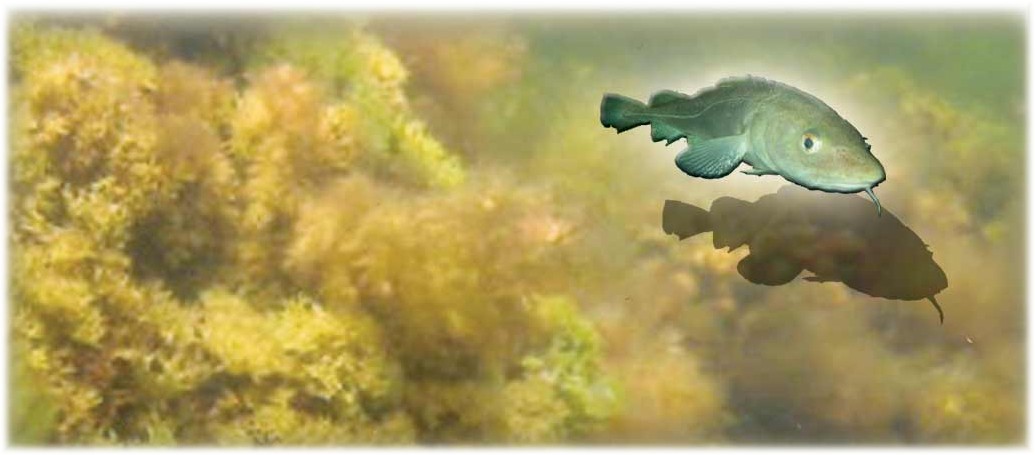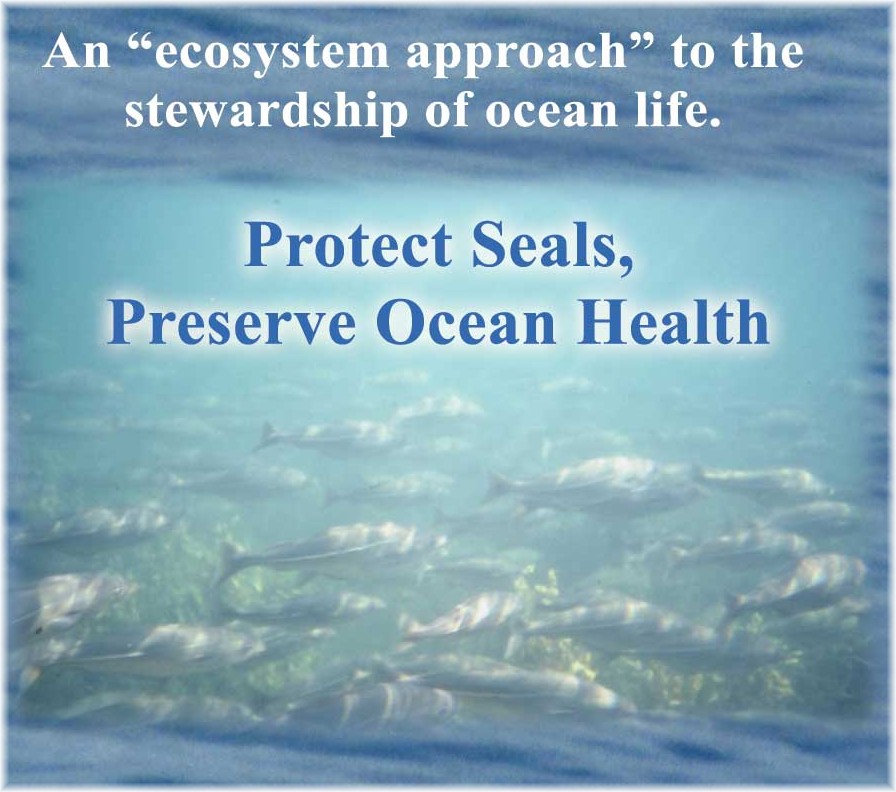(home)
(...published
in the Halifax Chronicle Herald, March 30, 2005)

Predator-prey
relationship not a simple equation
By DEBBIE MacKENZIE - Grey Seal Conservation Society (GSCS)
In your March 18 editorial, "Seal hunt foes lose their clout,"
you wrote that the seal hunt protest movement now seems to be a "fast-fizzling"
bust.
This was thought to be "a comment on changing times, including improved
methods of harvesting seals and wider recognition for and acceptance of a seal
cull."
If only it were so simple, and if only the protest was all that
is fizzling.
Media coverage of the seal hunt "debate" fails to include
the broad-scale horrendous losses that have affected all sea life. Besides seal
hunt protesters having "lost their clout," seals themselves have lost virtually
their entire competition in the sea, as sharks and other big fish have disappeared
en masse. Seals now swim alone as the sole surviving fish predator/scavengers
in Atlantic Canada.
The vital "predatory" ecosystem service provided by
seals and others is now much less available than it was decades ago, when their
"prey" fish were healthier and far more numerous.
This has occurred despite
recent increases in numbers of some types of seals, because seal numbers have
not come close to making up for the loss of large predatory fish.
Natural
predators work in ways that boost the physical health and growth of their prey.
Should fish health start to fizzle, an increase in natural predators would be
naturally beneficial.
The health of cod in Canadian waters has recently
fallen to an all-time low as cod predators overall have disappeared. Could the
loss of predators somehow be working to stifle fish stock recovery? Might the
subtle "mutual support" aspect of the predator-prey relationship really have been
that significant?
It certainly seems so. Newfoundland's Grand Bank was
long dominated by large cod that preyed heavily on capelin. The simplistic line
of "common sense" thinking about ocean predators that now allows "wider recognition
for and acceptance of a seal cull," would predict that the bulk removal of the
large Newfoundland cod should have resulted in a vastly increased abundance of
uneaten capelin. However, what actually happened was the complete reverse: predatory
cod disappeared and then the capelin stock, their prey fish, unexpectedly fizzled
and collapsed behind them.
A series of developments similar to this has
recently "baffled" DFO scientists, but it seems not to have alarmed them to the
point where they refuse to condone the decimation of the last surviving natural
marine predators, the seals.
Ominous losses known to DFO, but unknown to
the "accepting" public, include a decline in resources crucial to the sustenance
of fish: zooplankton abundance has fallen, as has the oxygen content of the water.
Part of the beauty of seals as fish predators lies in their ability
to quickly transform weak or dying bottom fish into plankton-stimulating materials
released in the surface water. As air-breathers, seals perform this vital predator/scavenger
role while drawing no
oxygen from the water themselves and this represents an important advantage
today, especially in the Gulf of St. Lawrence where a large area of stagnant bottom
water has become so oxygen-poor
that cod can no longer survive there.
The worst thing that could be done,
ecologically, in this situation, would be to cause a mass mortality of seals and
then to dump their carcasses to rot on bottom, because this would predictably
worsen the low-oxygen problem. All bottom life might fizzle.
On Tuesday,
the harp seal hunt begins in the Gulf of St. Lawrence. Hundreds of thousands of
fish predators will be killed, skinned, and their carcasses dumped to rot. If
the public clearly understood what is wrong with this, we might just see a fizzling
of the current apathetic acceptance of the seal hunt.
